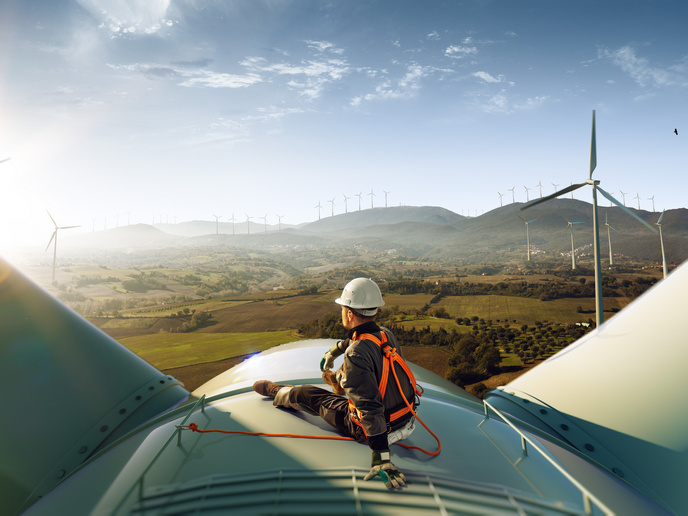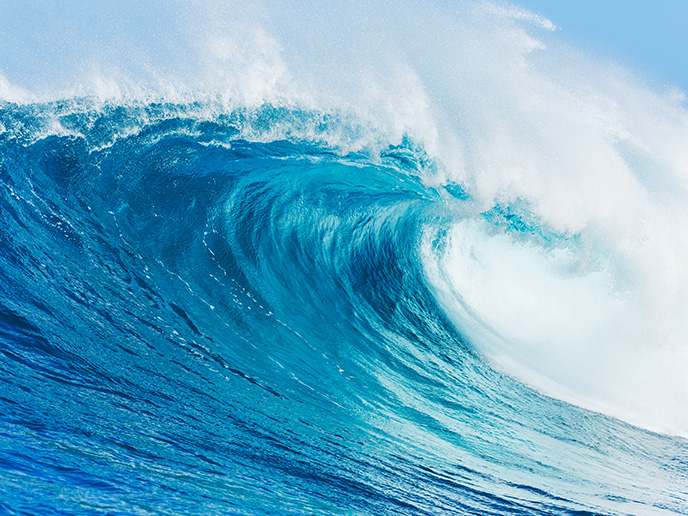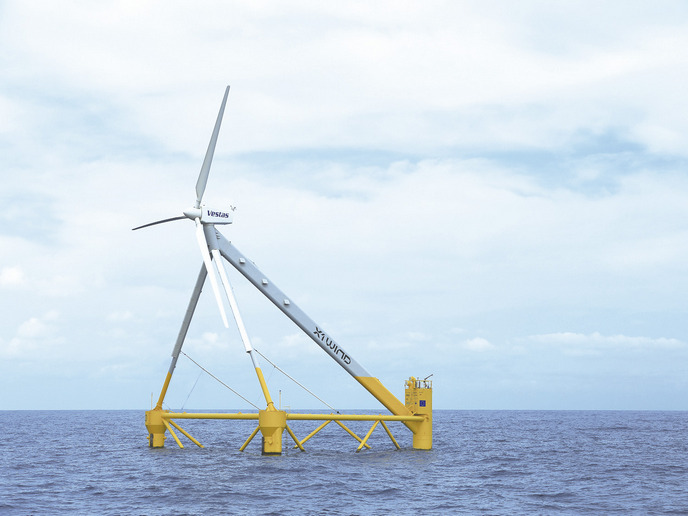Lower energy cost for future wave energy conversion systems
Now that WaveRoller® technology has successfully contributed to the ongoing efforts to put wave energy on the map, the sector is looking for more commercially attractive solutions to convert waves’ mechanical energy into grid-compliant electricity. Its ability to find such solutions could be make or break for this growing market. Enter the MegaRoller (Developing the PTO of the first MW-level Oscillating Wave Surge Converter) project. Its 10-strong consortium sets out an entirely new approach to power take-off (PTO) and control systems. “Our goal is to introduce new functionalities to WaveRoller®. We increase unit power, improve efficiency, apply innovative control algorithms and monitor system reliability along the design process. The results can benefit the whole wave energy community,” says Jussi Akerberg, CTO of WaveRoller® creator AW-Energy. Since May 2018, the project consortium has been building a full-sized PTO system – a device taking power from its source (waves) and transmitting it to an application (the electricity grid). The project is currently halfway through. “We have already achieved interesting and groundbreaking results. We have modelled the prime mover interaction with the waves and found a PTO damping solution that will significantly increase the amount of captured energy,” adds Akerberg. One of the project’s main innovations lies in its algorithms. The PTO damping algorithm takes wave prediction as its input, while the wave prediction algorithm uses machine-learning-based algorithm-adaptation methods from computational neuroscience. “It mimics the auditory cortex of the brain,” Akerberg explains. By building its prediction in such a manner, MegaRoller provides superior performance and robustness in terms of both parameter choices and the sea state from which the data are generated. The MegaRoller consortium opted for a modular design of its new-generation PTO, which has already been completed. As Akerberg says: “The greatest advantage of modularity is that the modules can be changed and adjusted according to varying wave resources, ambient conditions (such as sea water temperature) and customer requirements. Modularity is also an advantage for maintenance.” Reliability has also been enhanced in the process. “We applied the Failure Mode Effects and Criticality Analysis (FMECA) method early on during the design phase. Robust components intended for electrical vehicles have been brought into this design, and we also designed couplings adding resilience to the system and easing its assembly and maintenance,” Akerberg notes.
Making a case for wave energy
Last but certainly not least, the project proceeded to a case study based on a western Mediterranean scenario for 2030. Results show that wave energy actually delivers more value for money than its solar and wind counterparts. This is due to its specificities: Although wave energy does not follow a clear day-night pattern, it has a clear summer-winter pattern with larger waves during the winter. Since electricity prices are usually higher during the winter, wave energy is the solution generating the highest revenue. So, what’s next for the team? “We are in the implementation phase of the project,” says Akerberg. “We are building a dry-land test facility comprised of a test bench and a full-sized PTO, which will enable us to verify whether we have achieved our design goals. It will probably be the largest of its type anywhere in the world.” By delivering an advanced, state-of-the-art PTO for the wave energy sector, MegaRoller provides the renewables industry with the means to scale up and optimise energy production. It’s an important step towards a solution that meets end user needs while bringing profit to operators.
Keywords
MegaRoller, WaveRoller, wave energy, power take-off, PTO







